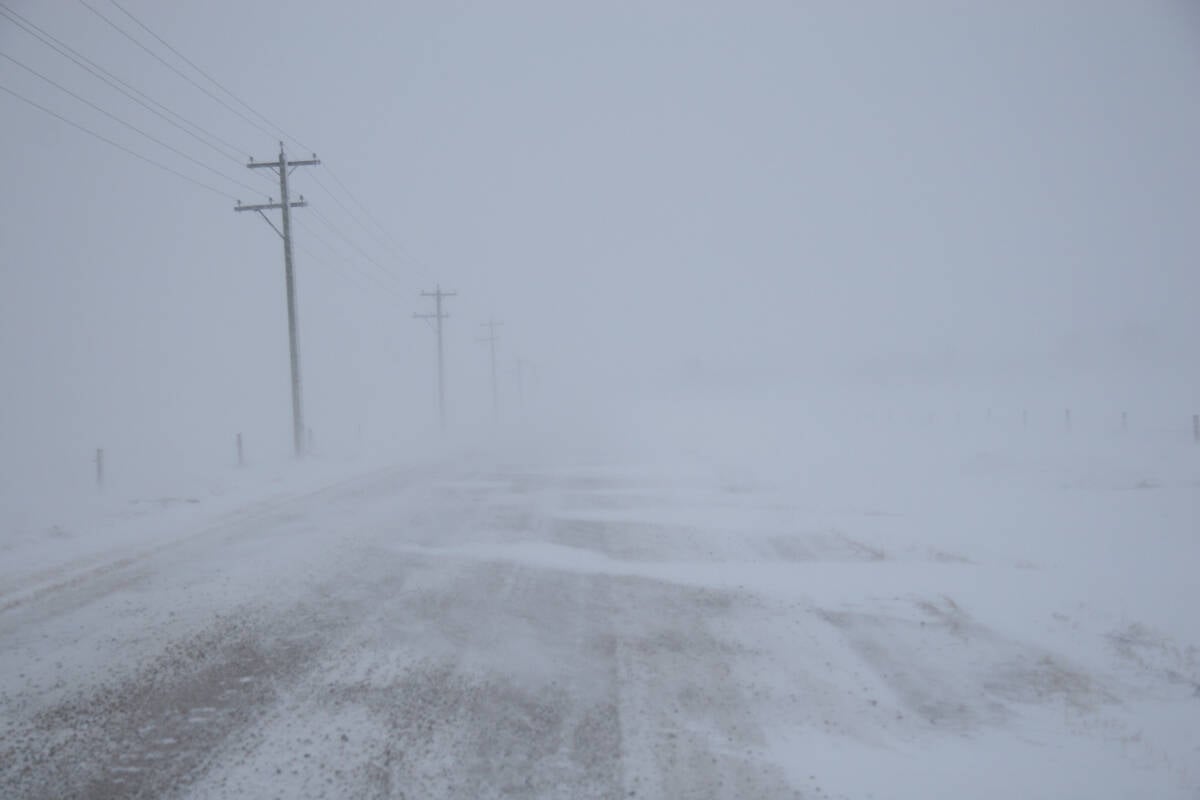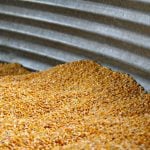There are no reliable statistics about the impact a drought in Turkey is having on the lentil crop but it is safe to say it won’t be a huge harvest, says the largest lentil splitter in the Americas.
“Turkey will not flood the market, inhibiting our ability to market from August to December-January, so it’s a good marketing window for Canada this year,” said Murad Al-Katib, president of Saskcan Pulse Trading, a Regina firm with Turkish owners.
On April 4, the general president of The Union of Turkish Agricultural Chambers said if the country’s drought persisted, wheat production could fall by 30 percent in 2008. Larry Weber, market analyst with Weber Commodities Ltd., said if wheat is suffering, so is the country’s red lentil crop.
Read Also

Volatile temperatures expected for this winter
DTN is forecasting a lot of temperature variability in the Canadian Prairies this winter. Precipitation should be close to average.
Turkey usually produces around 500,000 tonnes of red lentils per year and consumes 300,000 tonnes, making it one of the largest red lentil exporters in the world.
“If they don’t have a large surplus for export then ultimately Canada becomes more competitive into the Mediterranean region and into the Middle East,” said Al-Katib.
A seasonal precipitation map from the U.S. Department of Agriculture shows large portions of Turkey have received below normal precipitation for the Sept. 1, 2007 to March 31, 2008 period. The southwestern portion of the country is particularly dry, with many regions reporting 50 to 75 percent of normal precipitation and some below 50 percent.
Turkey harvests its lentils toward the end of May or early June, which means the crop’s fortunes will largely depend on April rains.
Al-Katib said the first reliable indication of crop availability will be July’s prices but even that can be deceiving. Financial investors in India and Turkey have taken to filling up large warehouses with thousands of tonnes of new crop and withholding supplies from the marketplace until prices rise.
But if he had to guess based on what he has heard from his contacts in Turkey, he would say it will be a manageable crop.
“Our position today is that Turkey’s crop will not be a major factor in inhibiting our ability to move a larger Canadian crop,” said Al-Katib.
He is forecasting 1.5 million acres of Canadian lentils this spring, up from 1.34 million acres in 2007. That is in line with Agriculture Canada’s forecast of a 15 percent increase to 1.53 million acres and FarmLink Marketing Solutions projection of a 27 percent increase.
But projections are all over the map. Saskatchewan Agriculture is predicting a paltry one percent increase in the province that is home to 97 percent of lentil acreage. And Stat Publishing is reporting that there is an increasing belief among market participants that there will be little overall change in lentil area.
Even if there is no change in total acreage, Al-Katib expects there will be a lot more reds to market than last year, when that class accounted for 35 percent of Canada’s lentil crop, according to Statistics Canada.
He expects half of this year’s crop will be red varieties because growers won’t be able to ignore prices that touched 40 cents per pound in February-March and the diminishing supplies. Stocks for all classes of lentils are expected to be low heading into the 2008 crop year, with a negligible supply of reds.
“We’re down to a crop that will only allow us to export half of the volume that we’ve exported each month for the past six months, so we’re certainly getting to the end of our crop,” said Al-Katib.















